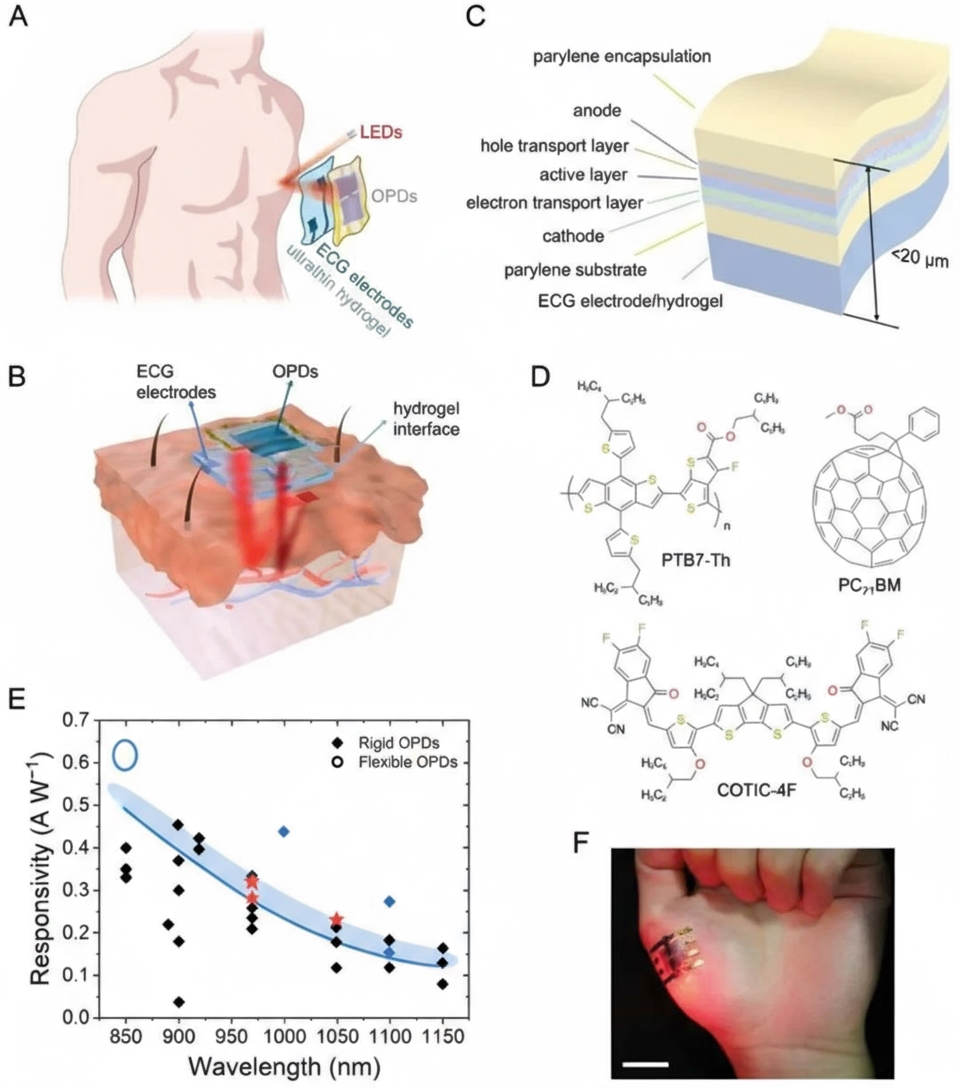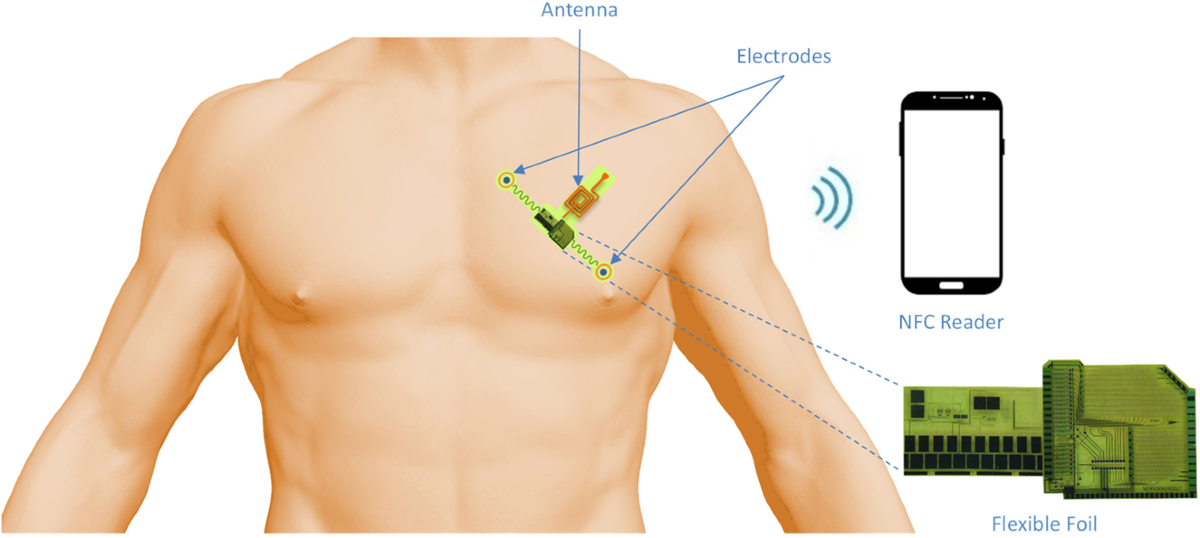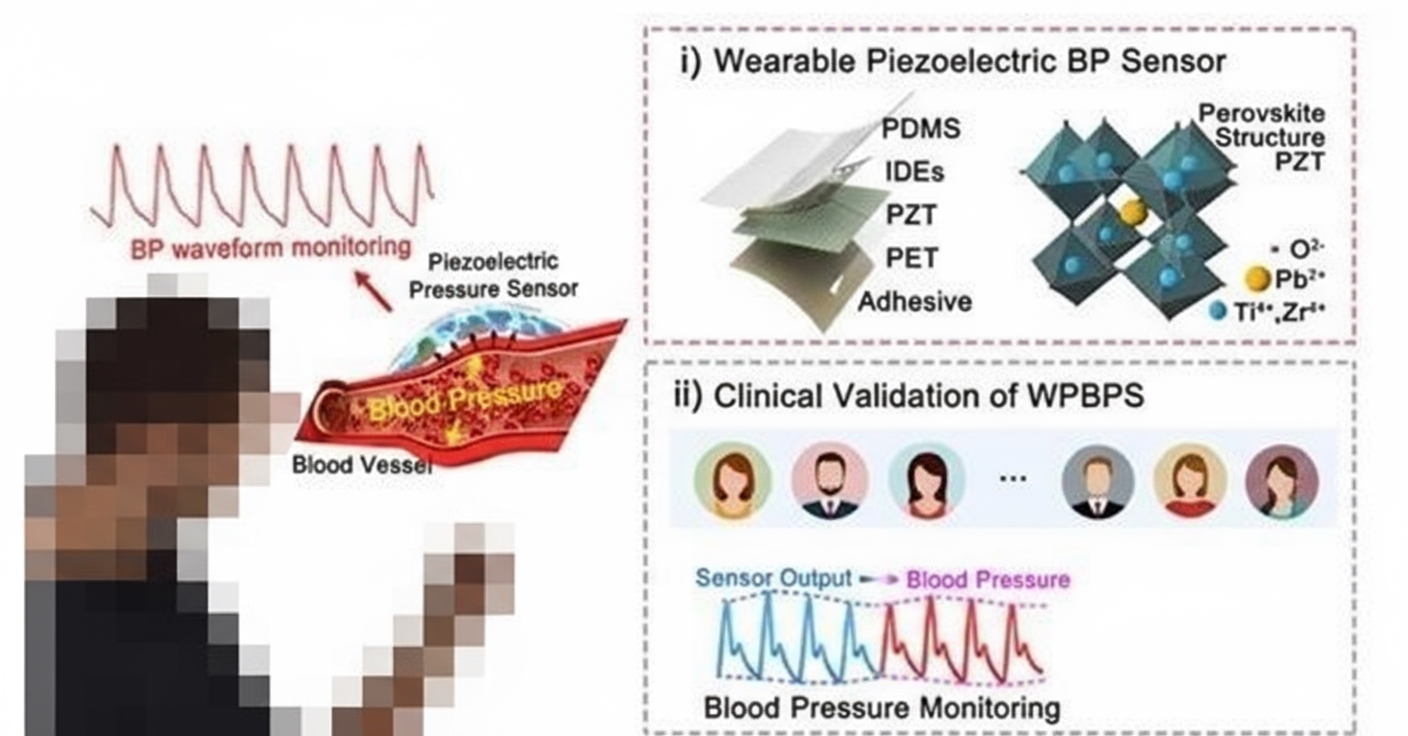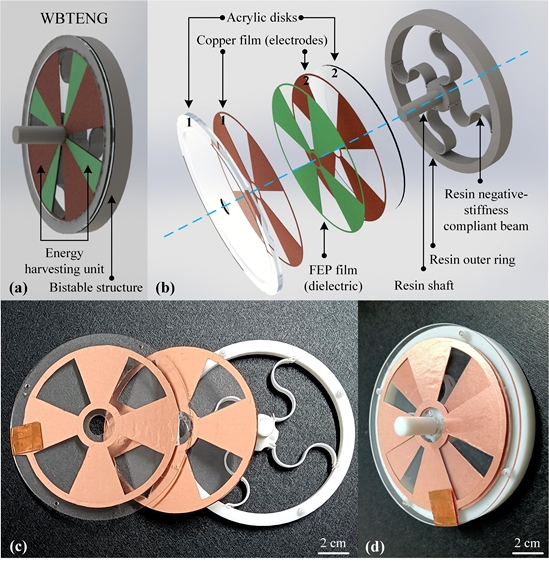Introduction
Flexible wearable electronic devices offer advantages such as high skin conformity, improved data extraction accuracy, and reduced motion artifacts, which support personalized health monitoring. As care moves toward remote and decentralized models, skin-mounted electronics have potential to transition from consumer gadgets to clinical use. Vital signs including heart rate (HR), respiratory rate (RR), and blood pressure (BP) are key indicators of cardiovascular health. Blood oxygen saturation (SpO2), defined as the fraction of oxygenated hemoglobin relative to total hemoglobin in blood, is an important metric for detecting hypoxia.
PPG, NIR Detection, and Limitations of Silicon Devices
Flexible photoplethysmography (PPG) sensors and pulse oximeters combine flexible photodetectors and light-emitting diodes to extract pulse-related signals noninvasively from vascular volume changes. Near-infrared (NIR) wavelengths penetrate deeper into skin and can detect changes in subdermal blood volume. The red and NIR diagnostic window provides stable penetration depth, improving SpO2 measurement accuracy without tissue damage. Most reported PPG systems use silicon-based photodetectors, which have limitations in conforming to soft, moist, and dynamically moving skin. Motion-induced artifacts during measurement further complicate signal processing and limit accuracy.
Organic Photodetectors and Need for Ultraconformable OPDs
Many studies have focused on narrow-bandgap organic semiconductors and simple solution processes to develop near-infrared organic photodetectors (OPDs) with tunable mechanical compliance and high performance. Development of narrow-bandgap n-type molecular semiconductors has shown a promising path to potentially replace silicon in photodetection. However, reports of ultraflexible OPDs that achieve silicon-comparable NIR responsivity are rare, and their potential in electronic skin systems remains to be explored.
Complementary Roles of PPG and ECG
PPG pulses derive from volumetric optical changes, while electrocardiogram (ECG) signals, the clinical standard for measuring rhythm and heart rate, provide pulse-related information from bioelectric activity. Traditional ECG systems are typically bulky, inconvenient for long-term wear, and limited in function. Combining wearable PPG and portable single-lead ECG improves the accuracy and reliability of pulse information and enables user-friendly home monitoring. Post-processing of both signal sets can yield additional health metrics, including blood pressure.
Challenges for Skin-Attached PPG-ECG Integration
Building a reliable skin-attached PPG-ECG integrated system faces several challenges. Commercial ECG electrodes, such as Ag/AgCl gel electrodes or metal dry electrodes, are often bulky and mechanically mismatched, making stable coupling with flexible photodetectors difficult. Individual sensing elements must deliver high performance and long-term stability. Maintaining intimate, comfortable contact without causing skin irritation during prolonged wear is also challenging. Many skin-conformal electronics require adhesive layers to enhance interfacial toughness, which can impede skin breathing. Adhesive loosening and device contamination from skin secretions commonly degrade optical transmission and electrical performance. In short, a skin patch capable of accurately monitoring optical and bioelectric signals needs high-performance photodetectors and conductive electrodes integrated on a soft substrate that contacts skin directly without restricting motion or respiration.
Research Demonstration
A joint research team from Tsinghua Shenzhen International Graduate School, Tsinghua-Berkeley Shenzhen Institute, and Shenzhen Institutes of Advanced Technology, Chinese Academy of Sciences published a paper in Advanced Science titled "Near-Infrared Organic Photodetectors toward Skin-Integrated Photoplethysmography-Electrocardiography Multimodal Sensing System." The study presents a soft, compact electronic skin patch that monitors HR, RR, SpO2, and BP while demonstrating high mechanical compliance and skin compatibility. The resulting flexible PPG sensor showed higher signal-to-noise ratio (SNR) and stable peak-to-peak amplitudes under hypoxia and low perfusion than a commercial finger pulse oximeter, and it could extract SpO2 accurately under dynamic conditions.

Skin-integrated PPG-ECG system design
Device Performance
The researchers developed ultraflexible OPDs with long-term stability and high NIR responsivity. The OPDs exhibited a responsivity of 0.53 A/W at 940 nm under 1 V reverse bias and a 3 dB cutoff frequency exceeding 1 MHz. After 1,272 hours of storage under ambient conditions, responsivity remained above 90% of the initial value. The devices achieved a noise-equivalent detectivity greater than 1e13 Jones, comparable to corresponding rigid silicon devices. The OPD-based ultraflexible PPG showed higher SNR and peak-to-peak amplitude, making it well suited for precise SpO2 measurement, especially under dynamic and hypoxic conditions.
Hydrogel Electrodes and System Integration
In addition, the team demonstrated a hydrogel-based soft electrode with conductivity greater than 660 S/cm and a low skin contact impedance of 15 kΩ·cm2 at 100 Hz, enabling high-quality electrophysiological signal detection. The flexible PPG module can be coupled to bioelectrodes and skin through an ultrathin hydrogel membrane interface. The skin-compatible sensing platform has a thickness below 20 μm and can be reapplied or removed repeatedly without significant degradation of electronic components. The study demonstrates a skin-attached multimodal sensing system capable of precise and stable measurement of vital signs, including heart rate, respiratory rate, cuffless blood pressure, and arterial oxygen saturation, even under dynamic conditions.
 ALLPCB
ALLPCB








